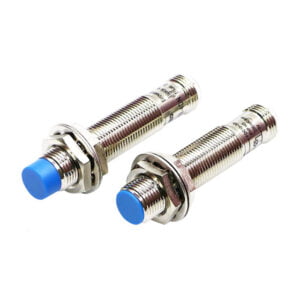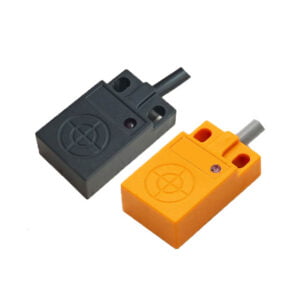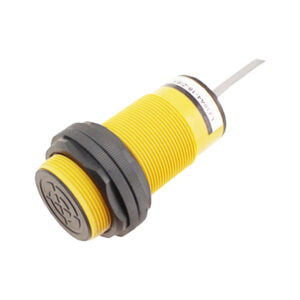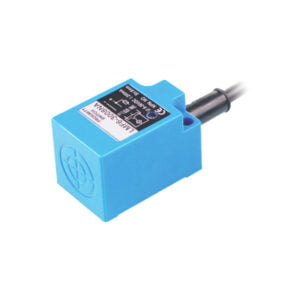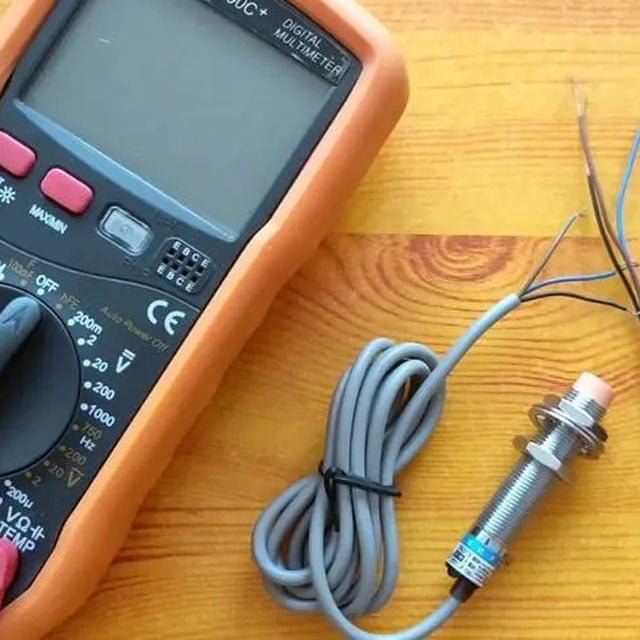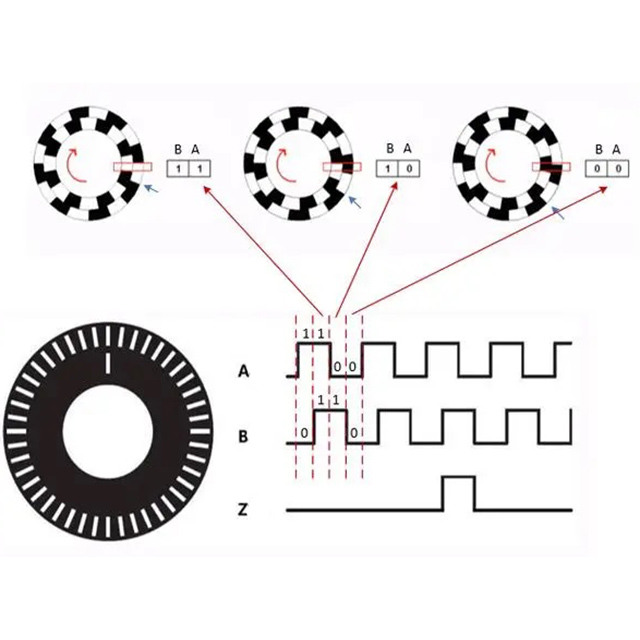With the continuous progress and development of technology, sensor technology plays a crucial role in modern society. As an important type of sensor, inductive sensors detect the properties or states of target objects by measuring the changes in inductive elements. Based on the characteristics of inductance, inductive sensors offer advantages such as high sensitivity, wide frequency range, and strong anti-interference ability, making them widely applied in various fields.
-
Inductive Proximity Sensor
M18 18mm Diameter Inductive Proximity Sensor
-
Inductive Proximity Sensor
LJ12A3-4-Z/BX 3 Wire Inductive Proximity Sensor
-
Inductive Proximity Sensor
TL-W5MC1 Inductive Proximity Sensor
-
Inductive Proximity Sensor
LM05 Miniature Inductive Proximity Sensor
-
Inductive Proximity Sensor
PL-05N Inductive Proximity Sensor
-
Inductive Proximity Sensor
AC Inductive Proximity Sensor, 18mm Detection Distance
-
Inductive Proximity Sensor
LMF06 Series Inductive Proximity Sensor Metal Detector
-
Inductive Proximity Sensor
NBB15-U1-A2 Square Proximity Sensor
Composition of inductive sensors
The composition of an inductive proximity sensor can be classified from two aspects, one is physical structure aspect, the other is electrical circuit aspect.

1.Physical structure aspect: According to the above sectional view, we can clearly see an inductive consist of 7 parts, eddy current coil, probe housing, adjustment thread, printed circuit board, clamping nut, LED status indicator, cable(or aviation connector with cable).
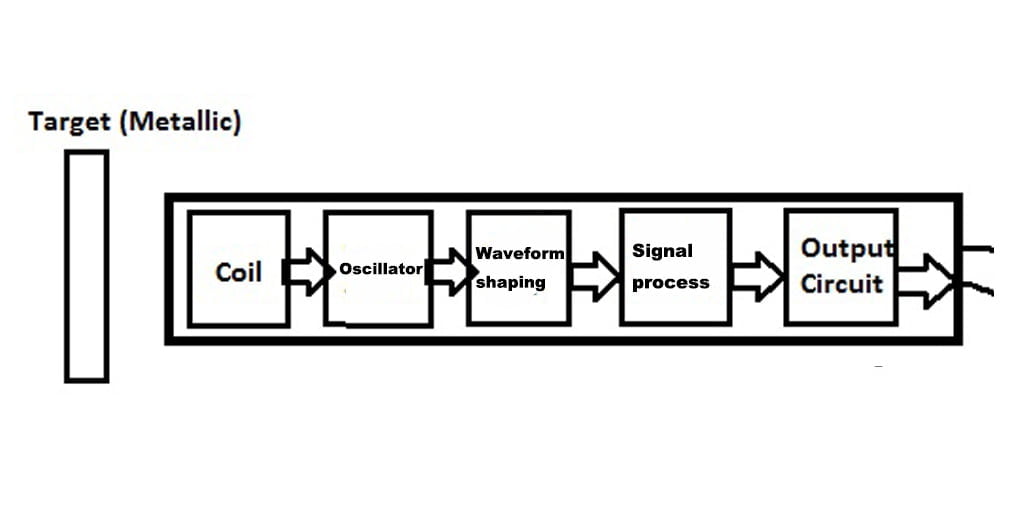
2.Electrical circuit aspect: If disassembling a inductive proximity sensor and taking out all its electrical parts out, we can find 5 parts, they are induction coil part, high frequency oscillator circuit part, waveform shaping circuits part, signal processing circuit part and output part.
By knowing its compostion, it is easy for us to undertand its working principle.
Inductive sensors working principle
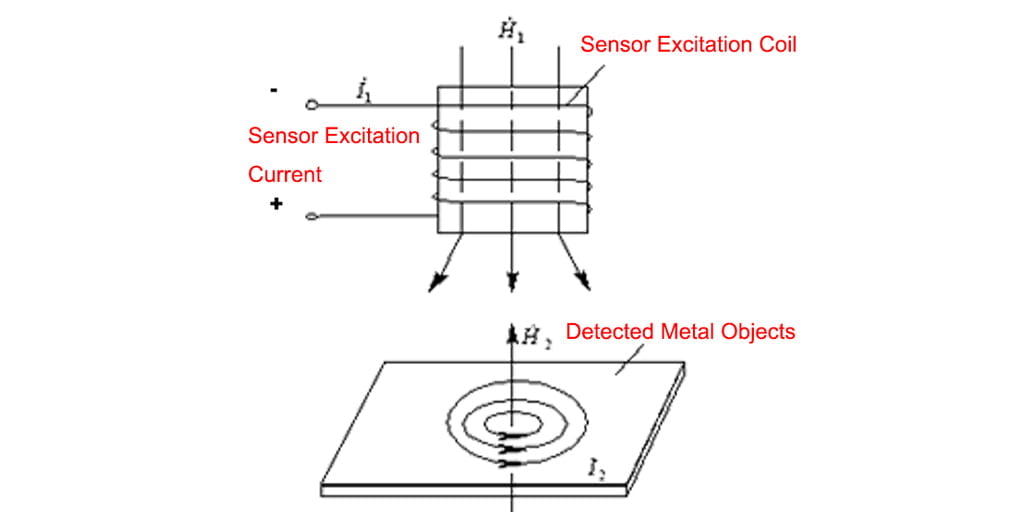
1. Basic Principle: Inductance refers to the phenomenon of self-induction caused by the magnetic field generated by the change of current in a conductor. Inductive sensors utilize this principle by measuring the changes in inductance (typically in the form of a coil) to detect the parameters of target objects.
2. Magnetic Field Induction: When current flows through the inductive element, it generates a magnetic field around it. When a target object approaches or moves away from the inductive element, it alters the intensity or direction of the magnetic field, consequently changing the inductance value of the element.
3. Inductance Measurement: Inductive sensors acquire information about the target object by measuring the changes in inductance of the inductive element. Typically, a specific frequency signal is generated by an oscillator in the sensor circuit, which is then applied to the inductive element. The proximity or distance of the target object modifies the inductance value of the element, thereby altering the frequency or amplitude of the oscillator. Ultimately, the sensor circuit detects and converts this variation into an electrical signal output.
Inductive sensor distance differences between different metallic materials
From its working principle, we know that the inductive sensors is commonly used for detect metallic materials, such as brass, copper, aluminum stainless steel, and so on. So what is the detection distances between different non-ferrous metals. Here below is a chart to instruct you to calculate the detection distance. The formula is: detection distance=standard detection distance*decay factor.

Characteristics and Advantages of Inductive Sensors
1. High Sensitivity: Inductive sensors exhibit exceptional sensitivity to minute changes in target objects, enabling precise measurements and detection.
2. Wide Frequency Range: Inductive sensors operate effectively within various frequency ranges, making them suitable for diverse application scenarios.
3. Strong Anti-Interference Ability: As inductive sensors rely on the measurement principle of inductance, they possess robust resistance to external electromagnetic interference, ensuring reliable measurement results.
4. High Reliability: With a simple structure, inductive sensors are less susceptible to environmental influences, offering high reliability and stability.
Prospects of Inductive Sensor Applications
1. Industrial Automation: Inductive sensors find extensive application in industrial automation for the detection of object position, motion, distance, and other parameters, enabling precise control and monitoring.
2. Automotive Sector: Inductive sensors can be utilized in the safety and control systems of automobiles, such as braking systems and reverse parking radar, enhancing driving safety and comfort.
3. Medical Devices: Inductive sensors can be employed in medical devices like electrocardiograms and blood pressure monitors, facilitating the monitoring and analysis of biological signals.
4. Environmental Monitoring: Inductive sensors can detect changes in environmental parameters such as humidity, temperature, and gas concentration, providing essential data support for environmental monitoring and control.
5. Internet of Things (IoT) Applications: With the advancement of the IoT, inductive sensors can be combined with other sensors and devices to achieve intelligent monitoring and control, offering vast application prospects.
Conclusion
Inductive sensors, with their high sensitivity, wide frequency range, and strong anti-interference capabilities, have significant applications in various fields. A deeper understanding of the working principles of inductive sensors can help us better comprehend their advantages and potential application prospects. With the continuous advancement of technology, inductive sensors will continue to evolve and play a role in multiple domains, bringing us greater convenience and innovation in our daily lives and work.


